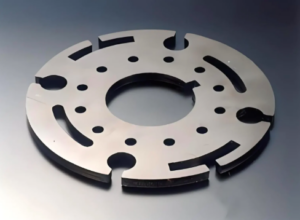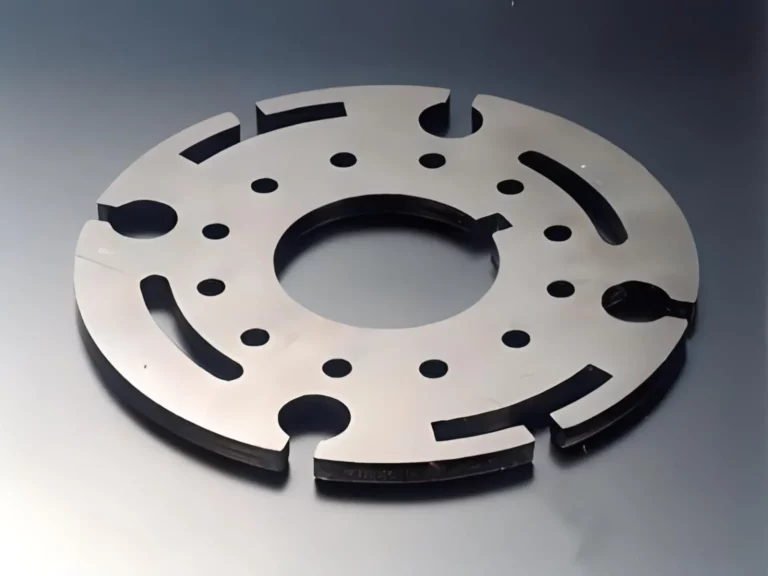How Can Quality Control Be Maintained During Sheet Metal Processing
Home » How Can Quality Control Be Maintained During Sheet Metal Processing
RECENT POSTS
Share:
- March 22, 2025
Maintaining quality control during sheet metal processing is essential for ensuring reliable and high-performing products. Effective quality management involves systematic planning, monitoring, and continuous improvement throughout the production cycle. By implementing the right strategies, manufacturers can minimize defects and enhance efficiency.
First, precise material selection is a foundational step in maintaining quality during sheet metal processing. Ensuring that the sheet metal meets the required specifications, such as thickness, composition, and tensile strength, lays the groundwork for successful fabrication. Using subpar materials can lead to product weaknesses and inconsistencies.
Second, equipment calibration plays a vital role in quality control. Machines used in sheet metal processing, such as laser cutters, press brakes, and welding systems, must be regularly calibrated and maintained. Accurate calibration ensures that cuts, bends, and welds meet exact specifications, reducing errors and material waste.

In-process inspections are another crucial aspect of quality control in sheet metal processing. Conducting regular checks during various stages of the process allows manufacturers to identify and rectify issues before they escalate. For example, measurements can be taken to confirm alignment and tolerances during cutting or bending.
Employee training is also key to maintaining quality standards. Skilled operators who understand the intricacies of sheet metal processing are less likely to make mistakes. Providing ongoing training ensures that staff are equipped to handle advanced machinery and adapt to evolving industry standards.
Lastly, leveraging technology enhances quality control. Automated systems integrated with real-time monitoring software can detect deviations from desired outcomes during sheet metal processing. This proactive approach minimizes defects and ensures consistency across production batches.
In conclusion, quality control during sheet metal processing can be maintained through careful material selection, proper equipment calibration, in-process inspections, employee training, and the use of advanced technology. By focusing on these areas, manufacturers can uphold high standards, reduce waste, and deliver superior products.
0


